Why should I go to visit or live in amazing Andalucia? What makes it the best?
Skatz guides you around the eight provinces and the history of the region to show you why it’s definitely the best place to be in Spain.
Prefer to watch the video? Click above.
For the conversational facts, carry on reading…
Skatz: Why should you go to Andalucia?
Walter: I dream of little white villages in the mountains.
Skatz: There are loads of them to choose from in Andalucia.
Tommy: I dream of beaches and bars.
S: There’s plenty of them too, Andalucia has over 1000km of coastline. In fact it’s the only European region with both Atlantic and Mediterranean coastlines. On a clear day you can see Africa!
W: I’d like to visit there too!
S: That’s another great thing about being here, not only do you have easy access to North Africa by ferry or plane, but you can get to just about anywhere in the world quite easily too. Malaga has a big international airport and there are several other airports right across the region.
T: I want to stay in Andalucia!
S: Well, you won’t be short of things to see and do.
W: Like what?
S: I tell you what, let’s start with a map and a bit of general information.
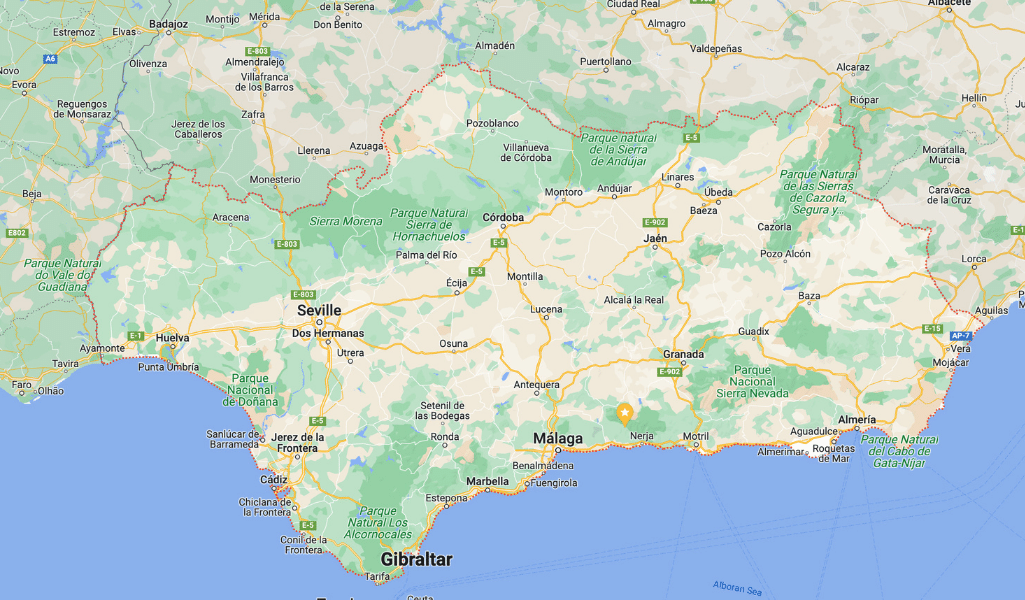
Here is Andalucia, it’s the second largest of Spain’s seven autonomous regions and also its most populated.
It covers basically the whole of the south, from the breezy Atlantic coast and the Portuguese border in the west all the way across to the border of Murcia in the east.
T: It’s massive! And there are loads of beaches!
S: It also has the highest mountains on the whole of the Iberian peninsula
T: I’m going skiing!
S: You can, and on the very same day, you can visit the warm southern beaches or the only desert in Europe. Did you know that Andalucia has some of Europe’s hottest temperatures and loads of Unesco World Heritage sites.
W: Well I’m not surprised so many people want to live there.
S: They do, and millions of people visit parts of Andalucia every year as tourists. There’s so much on offer here. A lot of the culture that people see as typically Spanish, like Flamenco and the mixture Spanish & Moorish architectural styles, are from Andalucia.
In fact, what makes this region so amazing is what has been left behind by the different cultures that have invaded it over the centuries.
For example, the name Andalucia comes from the old Moorish name Al Andalús, because it was invaded by and ruled for about eight centuries by the Moors from North Africa. They left behind them such a lot of their heritage, including Granada’s awesome Alhambra palace and Cordoba’s stunning Mezquita.
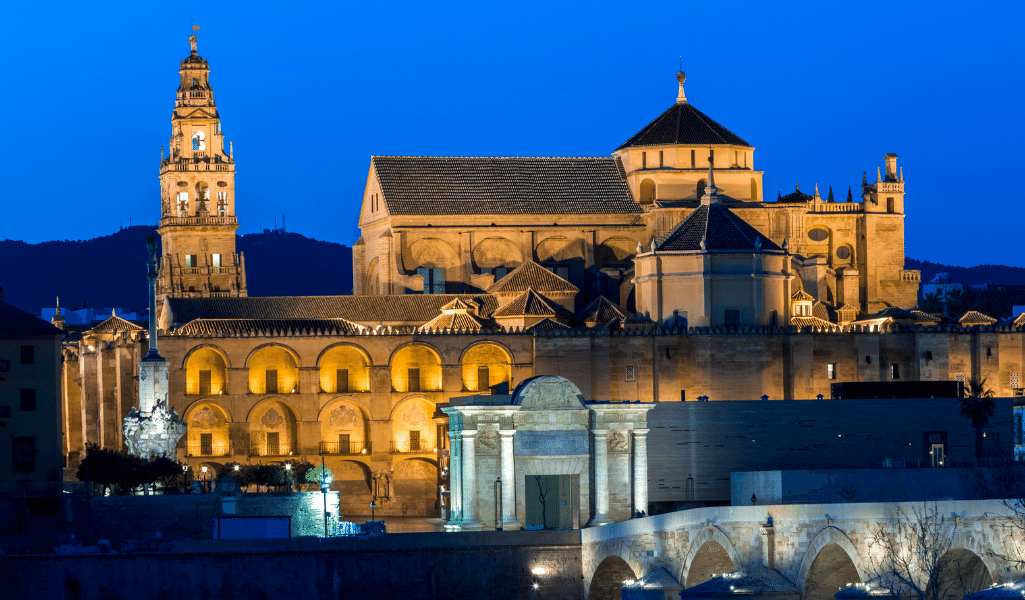
W: Ooh I do like a bit of culture!
S: Then you’ll love Cordoba & Granada. Cordoba used to be the capital in Moorish times, it was mighty in those days. The majestic cities of Cordoba, Granada, Cadiz and Seville were great centres of learning, renowned across Europe and North Africa for their architecture, art, science and philosophy. In between these cities were loads of towns and villages that made up the trade routes and these were home to the great caliphs and emirs who ruled the different provinces, and you can still see the remains of their castles, fortresses and citadels they built all over the place.
T: I want a castle so I can rule!
S: You’re not an invader Tommy, you’re here to integrate into the community. But you wouldn’t be the first to think about invading Andalucia and leaving their mark though, there have been Phoenicians, Celts, Carthaginians, Romans…
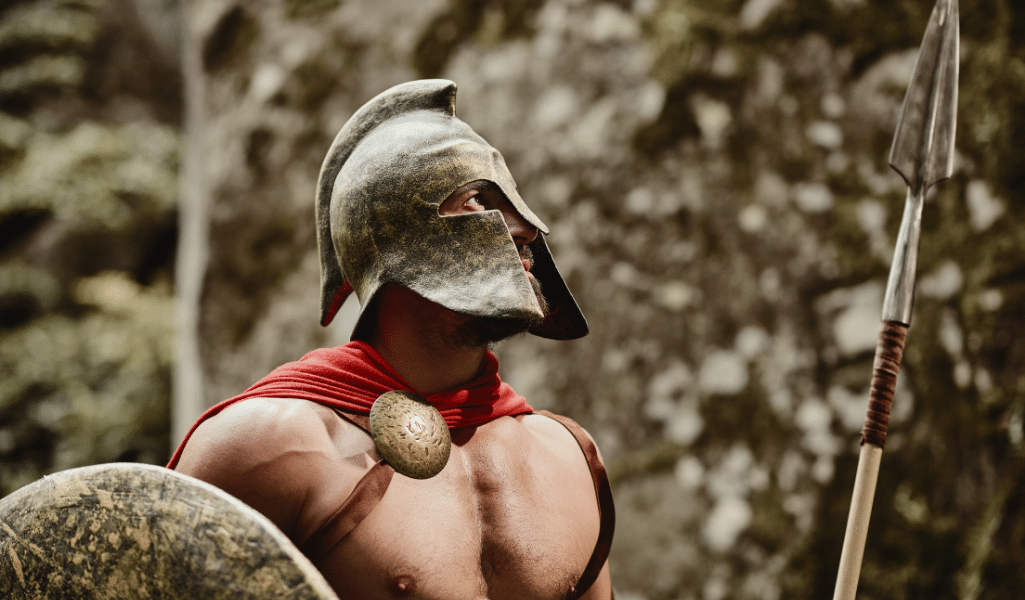
W: Those Romans got everywhere!
S: They did, and they brought their skills in making roads, aqueducts, bridges, fountains, architecture, they brought the Christian religion, and loads of things we still have evidence of in Andalucia, and also the beginnings of the Spanish language, which is the closest modern language to Latin.
W: Were there any more invasions and wars?
S: Loads, there were the barbarian tribes like the Vandals! Remember the name Al Andalús I told you about? That probably came from the Moorish word for the Vandals. We could have ended up being called Vandalucia! And then there were the Visigoths.
T: I don’t like Goth music, it’s depressing!
S: That’s a different thing Tommy. But whatever music the Visigoths had, the Moors got rid of it when they invaded.
W: So why isn’t Andalucia all Moorish now?
S: Because the Christians gradually reconquered the whole of Spain, and in 1492, the same year that Columbus ‘sailed the ocean blue’, the Catholic Monarchs took over. That’s why there are lots of great cathedrals and churches that have been built in the cities and towns.
W: It’s all very exciting! Any more invasions?
S: Well, plenty of wars between different rulers and republics, including the French for a couple of centuries, and then there was the civil war more recently. But since 1975 Spain has been a democracy, then not long after that, Andalucia became one of the Autonomous Regions that make up Spain now.
T: That’s enough history! What else has Andalucia got?
S: If you’re looking to visit or move here, you’ve got eight provinces to consider, each with their own character. Let’s have a quick look at each of them so you can choose.
W: Number 1 – Granada
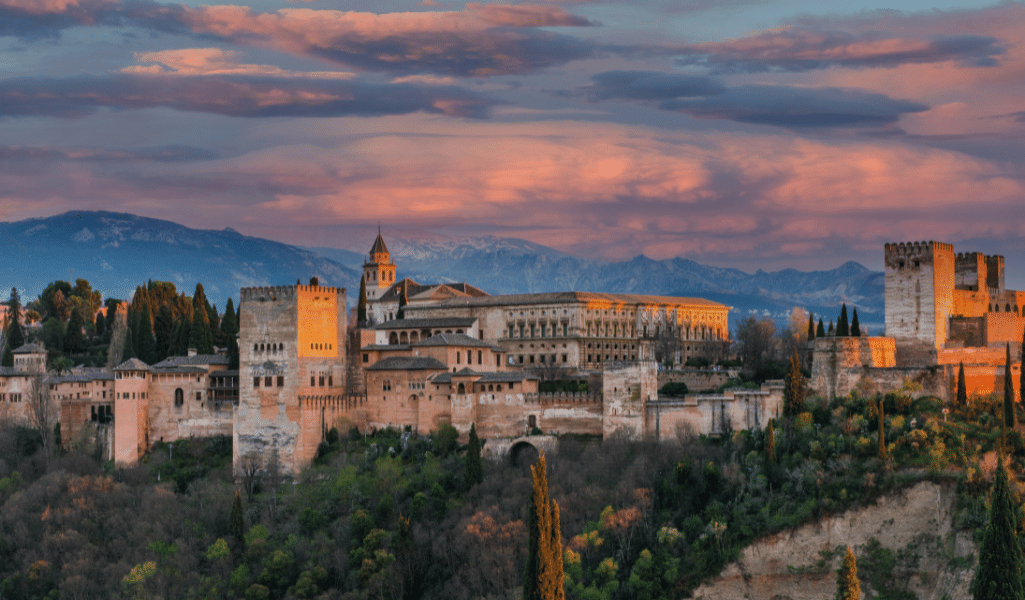
S: Granada is the home of the amazing Alhambra Palace & some great cathedrals, there’s always free tapas, the highest mountains and skiing in the Sierra Nevada National Park, the lush Alpujaras send the rich meltwaters right down to the Costa Tropical so you can grow anything you want, and there’s some of the best scuba diving around Almuñecar Granada city has one of the largest universities in Spain with loads of foreign students too, making it very lively and cosmopolitan. And of course, there’s always flamenco there and in the towns and villages all around.
W: Number 2 – Málaga
S: Ah, Málaga! My home province so I’m a little biased, but you can’t deny the appeal of this place, with its string of popular beach resorts west of Malaga City along the Costa del Sol like Marbella, Estepona, and Benalmadena.
Then there’s the less well developed but stunning La Axarquia region east towards Granada with its many sierras and pueblos blancos like Cómpeta and Frigiliana, just gorgeous!
North of Malaga City up the Guadalhorce valley there are beautiful towns like Antequerra, and west of there are even more picturesque mountain ranges and spectacular villages like Ronda. Unmissable!
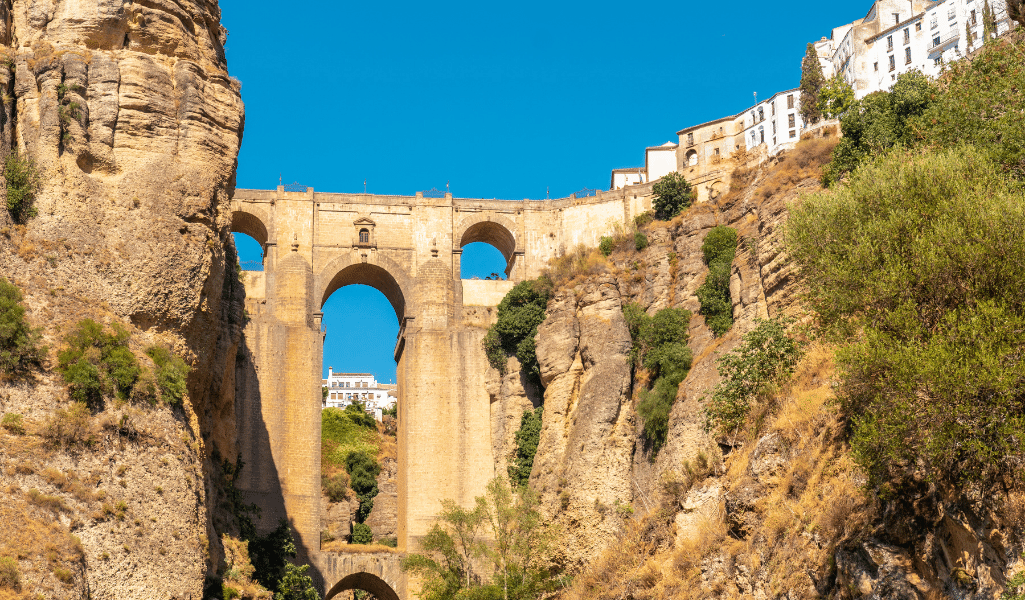
Then of course there’s the city of Malaga with its relaxed feel, its bohemian quarter, the Picasso museum, innovative restaurants, stylish hotels, it’s really upped its game over the past 20 years or so, brilliant place.
W: Number 3 – Cadiz!
S: Right down on the bottom left of the Spain map is a region of outstanding natural beauty and rich cultural heritage that most Europeans ignore but Spanish tourists absolutely love it. The capital, Cadiz, is actually the oldest city in the whole of Western Europe, going back more than 3000 years and it’s where you would have found the original settlers on the Iberian Peninsula. Because of its position it’s been a hugely important trading post for the empires that have come and gone over the centuries.
Cadiz is on its own little peninsula surrounded by water so from a high vantage point it looks like you’re on the stern of a boat. It has a very Moorish old town with cobbled streets, beautiful plazas, colourful buildings and colourful people too. The whole city is really friendly and upbeat.
T: What about the rest of the province?
S: Well, you’ve got the bohemian town of Tarifa at the most southern tip of Europe, you can see the spectacular Riff mountains of Africa from there. It’s a very chilled out party town, and because it’s where the Atlantic Ocean meeds the Mediterranean, it’s the perfect spot for water sports.
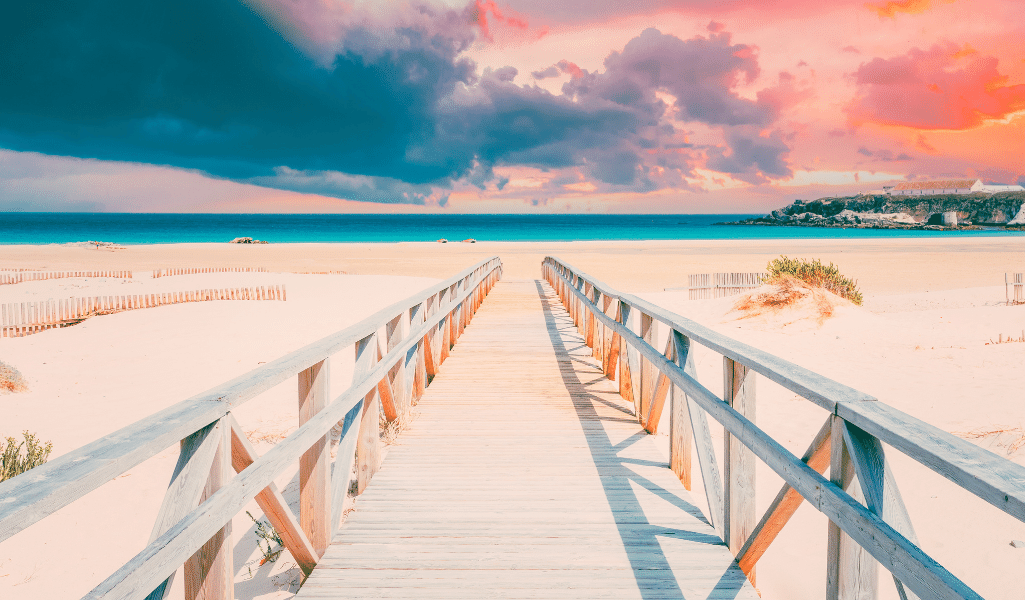
The beaches in this province are known for their fine white sand and crystal clear waters. Don’t miss out on visiting the coastal towns of El Puerto de Santa Maria, Canos de Meca and Conil de la Frontera, or go inland for Vejer de la Frontera or the beautiful sherry capital of Jerez with its bodegas, flamenco and horse displays.
There’s so much to love about Cadiz province, and I haven’t said anywhere near enough about the natural beauty of inland Cadiz, or the cuisine or the mild climate.
T: You should make a video about it!
S: I’m planning a separate video about each of the provinces over the next few months so I can show you more and help you choose which one suits you best. Until then…
W: Number 4 – Huelva
S: Moving north from Cadiz, we come to Huelva province, bordered on the west by the Atlantic Ocean and Portugal. If you want to avoid mass tourism but stay in the south, this is your escape. The beaches, like those of Cadiz province which together form the Costa de la Luz, are fine white sand but even more unspoiled and wild, which is why Huelva is famous for its natural beauty. If you want wildlife, then visit the natural park of Doñana which is one of Europe’s most important wetland areas, or the Sierra de Aracena or the Picos de Aroche National Park.
In between exploring the amazing scenery of Huelva, pop into the beautiful towns and villages throughout the region with their famed seafood cuisine and look out on your way for the endangered Lynx and the rare Spanish Imperial Eagle. If you love nature, this really is the place to explore. Very very special!
W: Number 5 – Córdoba
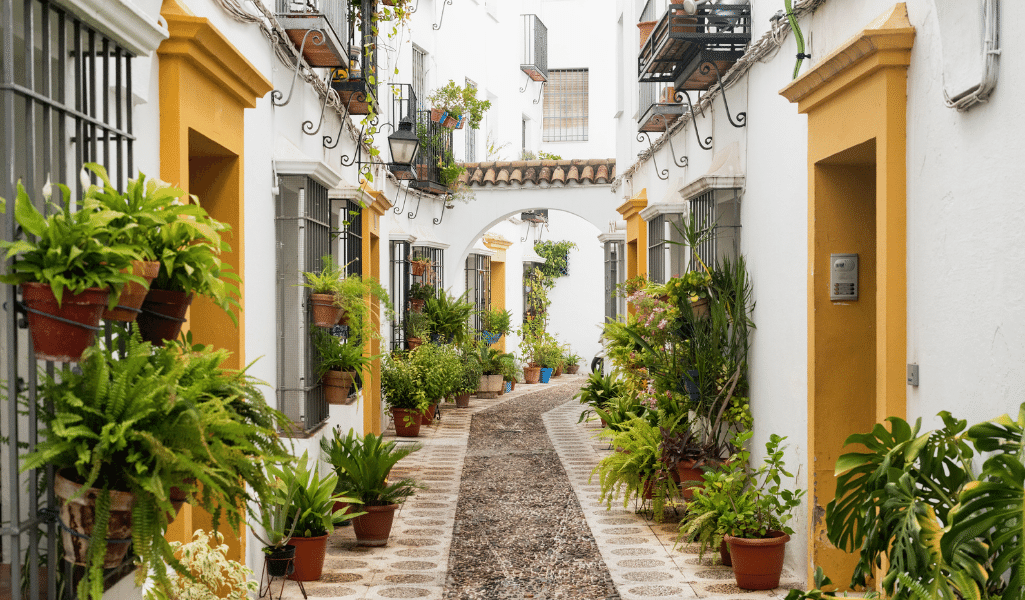
S: Yes, Cordoba, with its forbidding mountain ranges, its rolling plains and its pristine whitewashed villages with Baroque churches & Moorish Castles. This province is famous for its olive oil and dry white wines, so you’ll see a landscape full of olive groves and vineyards.
The town of Montilla is renowned for the quality of its grapes, and it has a castle and a palace, both worth a visit.
If you’re looking for Arabic and Medieval history, then Rute is the place for you, but even if you’re not into history, fear not, because this is the sweetest town you can imagine, there’s a museum of sugar with duplicates of famous Andalucia landmarks made entirely of sugar. And if you visit at Christmas you’ll see the world’s biggest chocolate nativity scene.
T: Yummy!!!
S: There are loads more towns and villages worth a visit, but Cordoba city, like I said earlier, was the capital of Moorish Al Andalúz, housing one of the largest mosques in all of Islam, the Mezquita. It’s a gorgeous city, and its historic centre is a Unesco World Heritage Site. I could talk about Cordoba all day, it’s a place where there’s something amazing around every corner. So many people say it’s their favourite destination, I can vouch for it, we went there for my wife’s birthday recently.
W: Number 6 – Jaén
S: If you thought Cordoba was famous for its olive oil, then Jaén is in a league of its own. It’s the world’s leading producer of olives and olive oil.

During the first week of October each year you’ll find the world’s largest trade fair devoted to olives. Because two thirds of its deep orange land is devoted to the crop, it’s know as being unspoilt, expansive and very beautiful, with small towns like Ubeda, Alcalá and Baeza dotted here and there that have magnificent Renaissance buildings. There are exuberant palaces, richly endowed churches and stately public squares.
Outside of the towns and villages, you’ll find a wealth of Sierras and Natural parks and natural monuments which make this province arguably the most beautiful place in Andalucia. What do you think of that? Tell me in the comments!
W: Number 7 – Almería
S: With the clearest skies, the most sunshine and the lowest rainfall in Europe, Almería is home to one of Europe’s largest solar energy plants and much of its surface area is a sparsely populated wilderness, like the Tabernas Desert, famous for being the location for many of the Spaghetti Western movies, and the epic Lawrence of Arabia.
However, because it’s partly protected by mountains, its coastline is one of the most productive agricultural zones in Europe as well as having one of Andalucia’s most outstanding wildlife areas and its largest coastal reserve, Cabo de Gato. A quarter of Andalucia’s coastline is in this province.
Almeria City is modern and commercial with a very Spanish population and one of the largest Arabic Fortress in Andalucia, second only to Granada’s Alhambra. With the sunshine on this coastline at over 3000 hours each year, it’s no surprise the province boasts a plethora of resorts, from Rochetas de Mar just outside the capital city, to the eastern towns of Mojácar, Garrucha, Huercal Overa and Vera Playa and more, where you’ll find everything you need to relax or play.
W: Number 8 – Sevilla
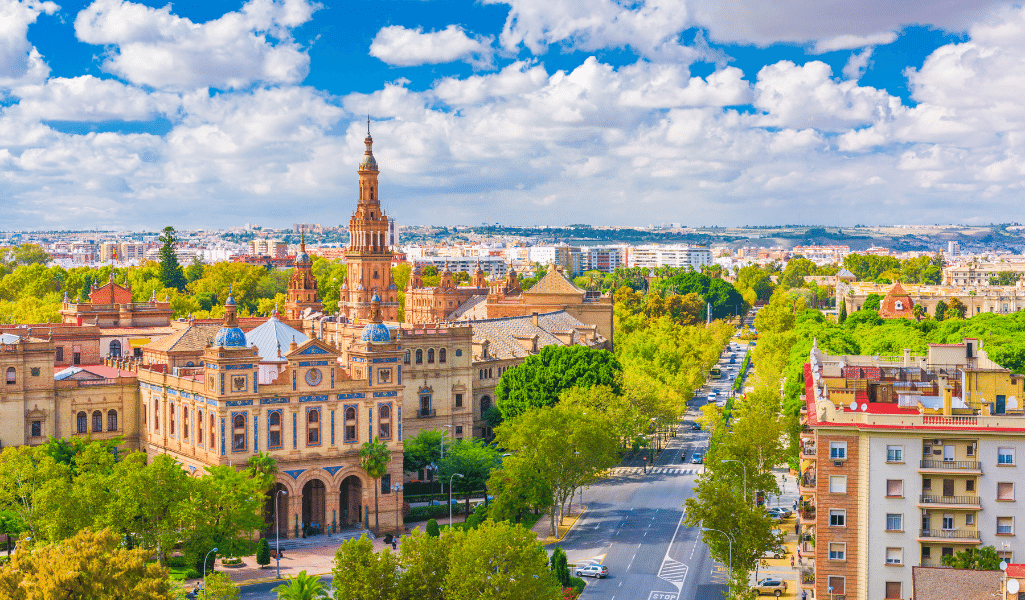
S: Last but by no means least is the province with the region’s capital and largest city, Sevilla! This is one of the most historic centres of Europe, brimming with historical and cultural traditions. It’s the home of flamenco… tapas… and the place where you’ll find the valuable historical records documenting the history of the Spanish Empire. So if you want to completely immerse yourself in Andalucian history and culture and learn how to master the art of enjoying yourself to the max, Seville is the place for you.
You’ll find it on the banks of the Guadalquivir river, which cuts right through the centre of the province and sets a striking scene. Most of the main towns and villages are along this river valley. Towns are sparse elsewhere in the province because its landscape is dominated by extensive natural parks and forests. If you love cycling, walking or hiking you’ll be in seventh heaven.
T: I love hiking, but I don’t like history!
S: You can’t avoid history if you’re in Spain, there’s so much of it and that’s what makes Andalucia such a vibrant and varied place to visit or live.
W: I still don’t know which province to move to.
S: It’s difficult isn’t it? This is a huge place, but I hope this article has helped point you in the right direction at least.
T: It’s pointed me to the pub! I need a drink!
S: I think I might join you, shall we have some tapas and do a bit of flamenco?
T: I want to do the fandango!
S: Thunderbolt and lightning
W: Very very frightening
T: Oi!
S: Peace & Love everybody.
Article by Skatz, with a little help from Walter & Tommy.











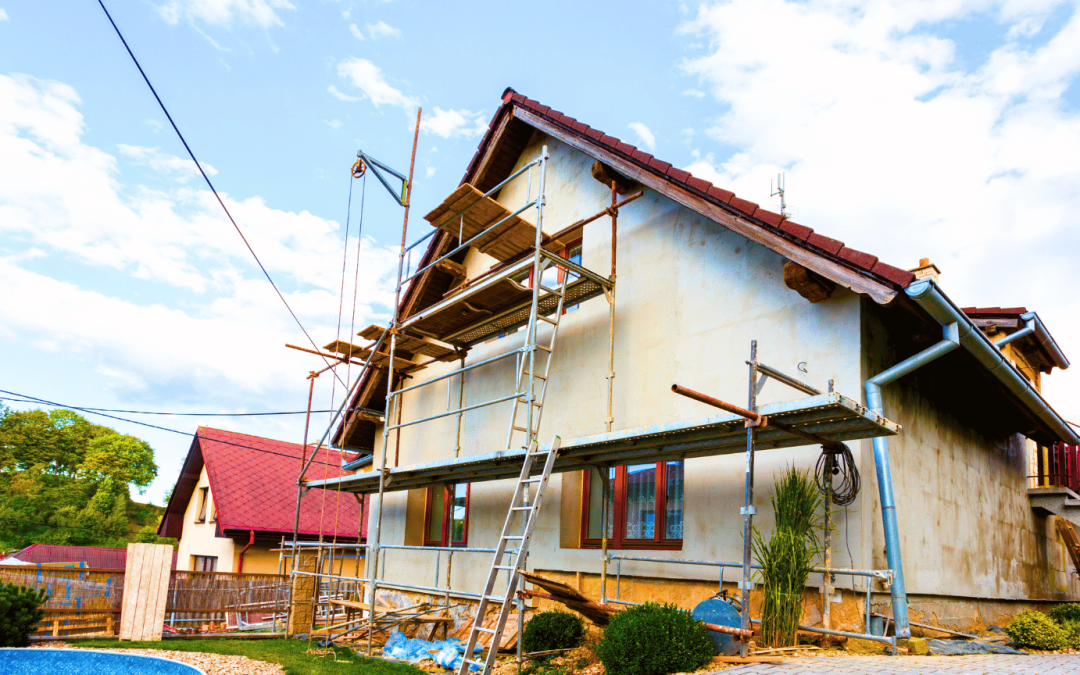
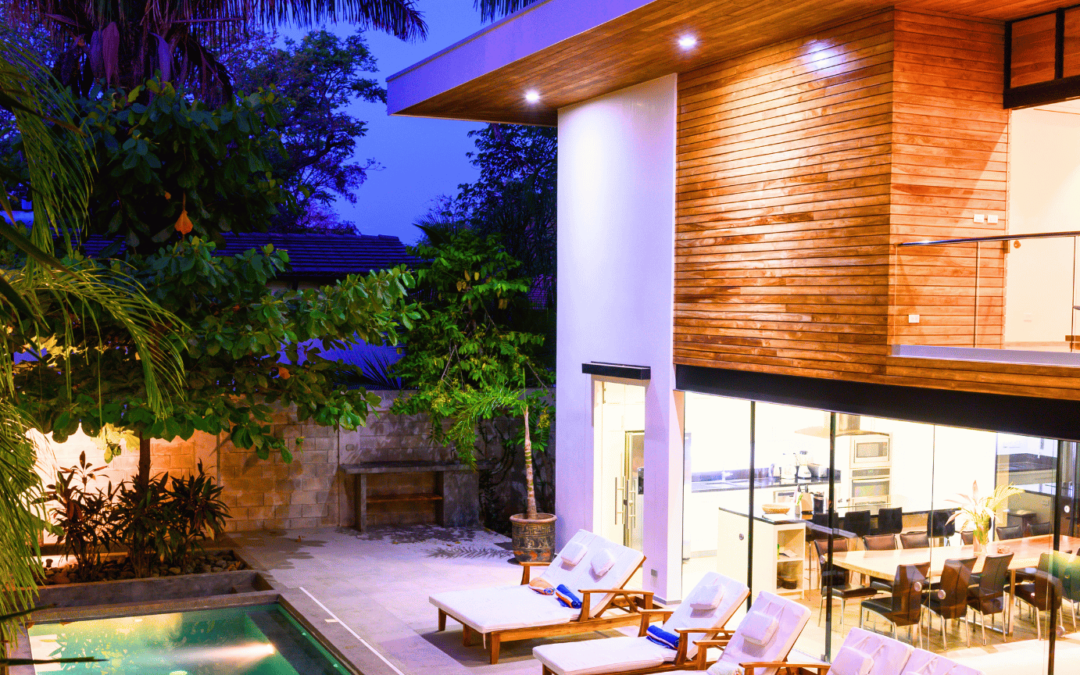


0 Comments